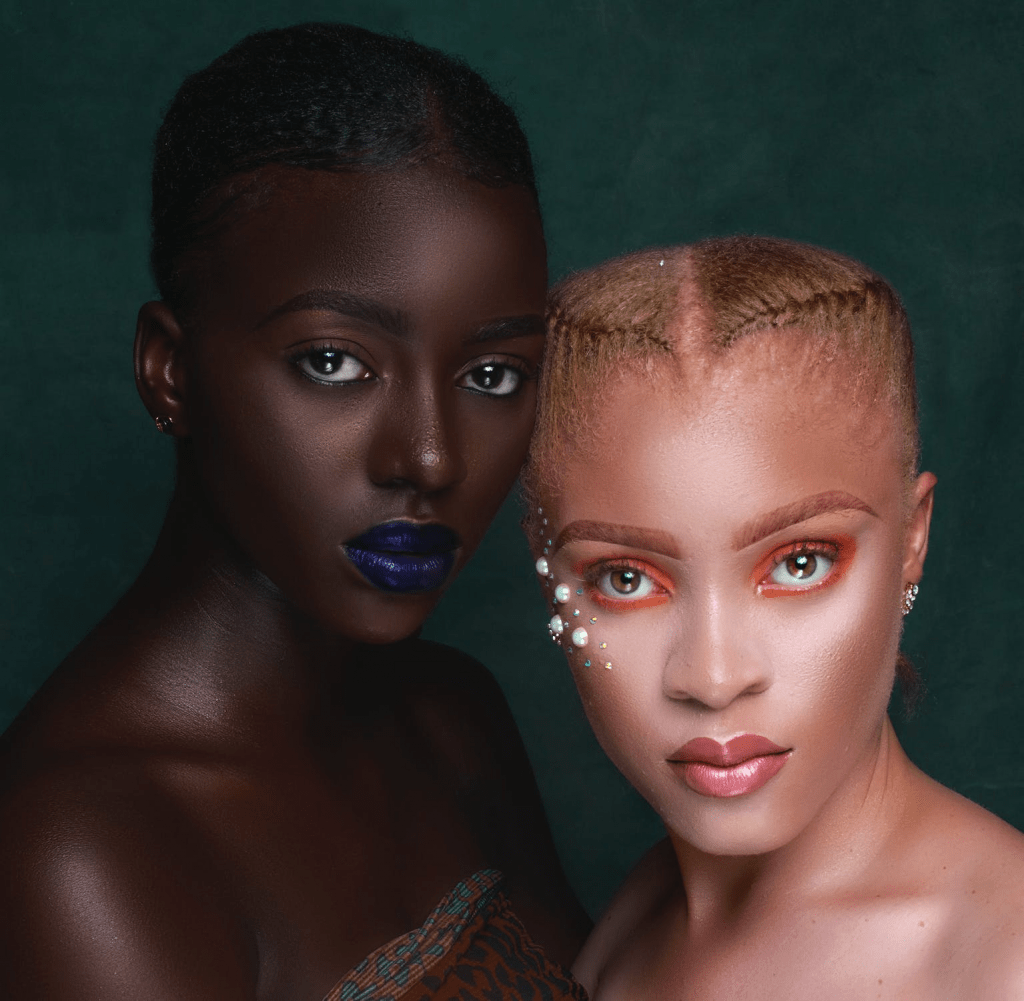By Atlanta Mahanta
The beauty industry in the Middle East and Africa is predicted to be about $27.1 billion in 2018, according to market research. Nigeria and Kenya are the second and third largest sub-Saharan countries, with Kenya’s market totalling more than 320 million dollars. As a result, for the next few years, there will be so much room for growth in the market of African cosmetics, beauty and personal attention products. The outlook for African cosmetics and personal care is therefore very positive. Let’s look at the basic reasons why beauty and personal care items are so much needed in Africa.
If you are like other people, you probably have for a very long time had the wrong notion of ‘cosmetics.’ Now, it’s time to remove it: Cosmetic products are essentially any material used to improve the human body’s appearance and smell. This includes a broad range of skin and body care items including daily bathing soaps and toothpaste and perfumes and make-up for designers. Any product that is used for washing, embellishing and supporting the human body is basically a cosmetic product.
Cosmetics have become a very fundamental necessity in today’s world. Everybody, including the bad, will go ahead and develop their look, feel, and smell. In order to help us with our health, cosmetics have become important to our self-esteem and decide in large part how others perceive and influence us.
It’s not shocking that the best selling products in Africa for food are beauty and skincare products!
It is only one part of the equation that modern Africans have an urgent need for beauty and personal care items. The current population for Africa is expected to rise by approximately one billion by 2050 to 2.3 million by 2050. Only one thing can be said – more beauty and care products demands!
With more than half its one billion people below 20 age, Africa is home to the world’s youngest population. The African Development Bank identifies the middle class as spending between 2 and 20 dollars per day. More than 300 million people are currently in this group on the continent. A substantial majority of middle-class Africans are young and educated urban guests who are conscious of (and strongly influenced by) modern clothes, fashion and western cultures. Since many of them have paid jobs or own a small business, they have more money available to spend. They push demands for consumer products like beauty and skin-care products across Africa because of their preferences and expectations for the ‘feel-good’ element!

Now that the factors behind Africa’s enormous and increasing demand for cosmetic products have been studied, it is time to look at the main categories of the market and the products people spend on. The cosmetic industry can be divided into five main categories: the makeup industry or the personal care industry.
HAIR CARE
Up to 20% of the cosmetic products sold on the market are generally estimated to be haircare products. This category includes all products for cleaning and flattering hair for human beings – shampoos, pomade, pampering, colouring, paints, coatings and hair styling products. Beauty shops, barbaries and women who use a wide range of these products are the biggest donors in this category. Recent trends in mode have also increased men’s budget in this category, as dreadlocks, sporting waves and ‘African’ hairstyles become increasingly popular and require more hair care and attention.
SKIN CARE
With several competing forms, products and brands the category of skin treatments is the largest and largest segment on the cosmetic market. There is a wide range of local and foreign brands that release new and more appealing items annually, due to size and variety of different types of human skin – natural, dry, oily and sensitive skin. About 30% of all cosmetic products sold every year on this market belong in the category of skincare, including body lotions, skin moisturisers, cleansers, toners, anti-acne products and anti-ageing products. The increasing tendency for young African women and men to use skin lightening or ‘blinding products’ also boost the demand flow that makes the category of skincare products a multi-million – dollar company.
Africans are among the highest users of skin bleach products, according to the World Health Organization reports: 77 percent of females from Nigeria regularly take these products, followed by 59 percent from Togo; 35 percent from South Africa and 25 percent from Mali. Innovative businesses such as Ghana’s Grace Amey-Obeng have created successful enterprises in order to fight the negative impact of blanking products by delivering products that help treat and restore bleached skin.
MAKEUP
Makeup (consisting of various items, particularly for use as “colours cosmetics” or as “decorative cosmetics,” in the female face, eyes, lips and nails). This category of items is so segmented in that several niches have numerous special demands, including lipsticks, clothing, bases, facial powder, blushing, masquerade, eyeliner, polishing nails and makeup removers.
PERSONAL CARE AND TOILETRIES
The products in this group are used mostly for washing the body and preserving personal hygiene, not for embellishing. Due to the high demand and how quickly they are consumed, the items here fall under the category Fast Moving Consumer Goods ( FMCG). This category contains bath soaps (liquids and bars), toothpaste, shaving cream, depilating products for hair removal, deodorants, antiperspirants, sunscreens, toilet paper, and many other bathroom pieces.
FRAGRANCES
The perfume segment of the cosmetics industry will sell in fewer quantities, but it definitely gains most in all types of products in this sector. ‘Fragrances’ include all the essential oils and compounds that give a good scent to the human body. Common fragrance classes in the market include – Perfumes, Eau de Toilette, Eau de Parfum, Cologne and aftershave.
